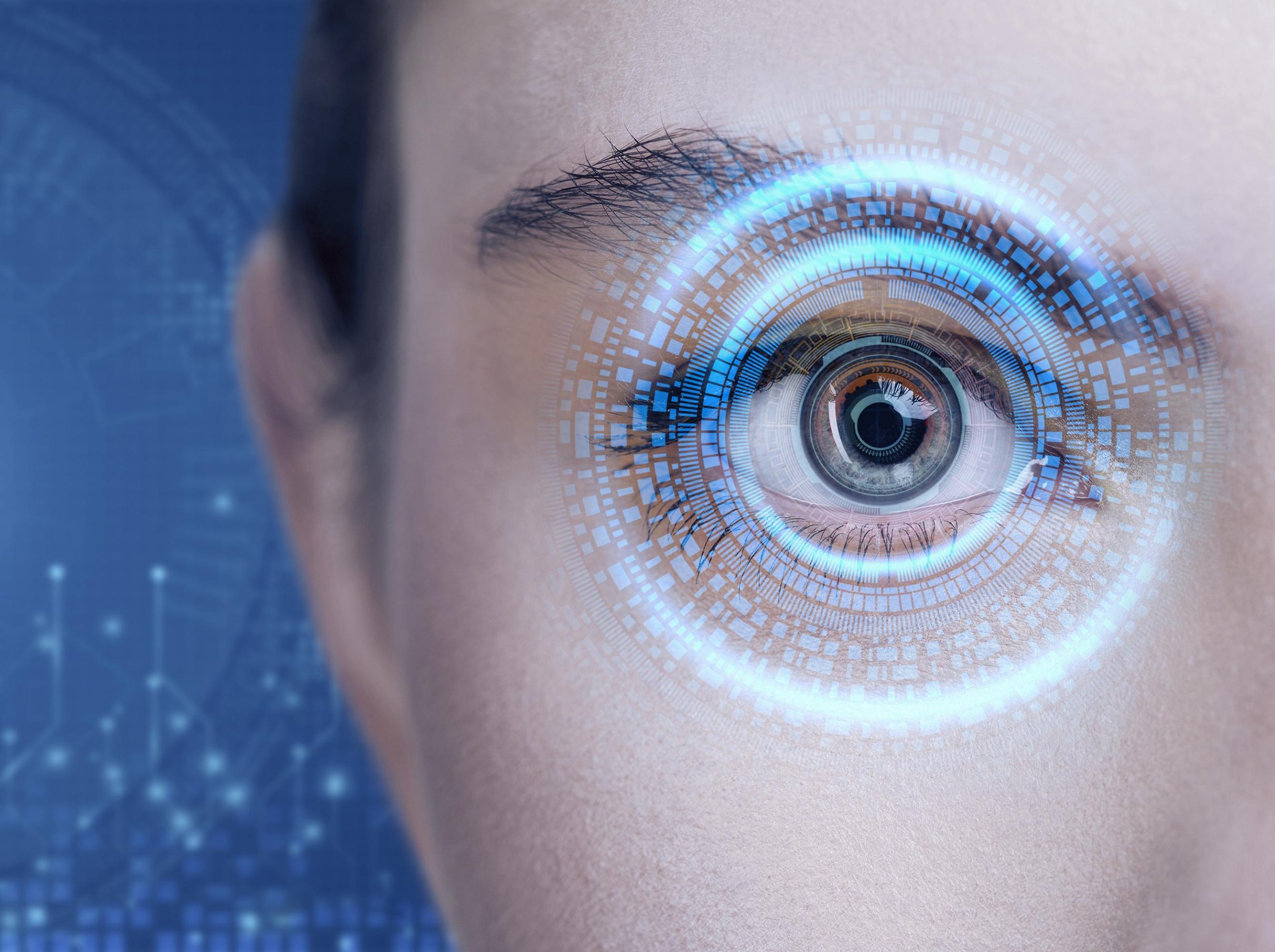A robot that can automatically detect and scan a patient's eyes for markers of various eye diseases. It sounds like science fiction, but that is what is presented in a study published in Nature Biomedical Engineering by a team of engineers and ophthalmologists from Duke University, of Durham, North Carolinain the United States.
This new imaging tool combines a scanner and a robotic arm and is able to automatically visualise a patient's eyes in less than a minute, producing images as clear as those of conventional scanners used in specialised eye clinics. The robot is based on technology called optical coherence tomography, OCT, used by ophthalmologists to diagnose various eye diseases, including glaucoma, diabetic retinopathy and age-related macular degeneration. During the imaging process, a probe projects a beam of light into the eye and measures how long it takes for various reflexes to bounce back and forth between the ocular components in order to examine the structures within the tissues. In clinical practice, OCT systems are traditionally very large and require highly skilled personnel. Patients must position themselves correctly in front of the instrument and restrict any movement. In addition, the headrests and chin rests that characterise these instruments may not fit everyone, making the examination difficult in some people.
"Our new instrument does not require advanced training to be used. We believe it can easily be used in places like optometrists' offices, primary care clinics or even emergency departments. OCT is a useful diagnostic tool, and this advancement will help make it easier for the broader community to access," said Ryan McNabb, research scientist in the Department of Ophthalmology at Duke University Medical Center.

To use the new scanner, all the patient has to do is approach the machine and position himself in front of the robotic arm. 3D cameras positioned to the left and right of the robot help the instrument to find the patient in space, while smaller cameras in the robotic arm search for landmarks on the eye to precisely position the scanner. The system is able to scan both the macula (the part of the retina responsible for our central vision) and the cornea (the front, transparent lens of the eye), sites where many eye diseases can occur. In addition, the process is made much faster than with traditional OCT: the scan is performed in less than 10 seconds and the entire eye image acquisition process is completed in less than 50 seconds
"The robotic arm offers the flexibility of hand-held OCT scanners, but without the need to worry about operator shaking or patient movement," explains Mark Draelos, a postdoctoral fellow in the department of biomedical engineering. 'If a person moves, the robot moves with them. As long as the scanner is aligned, within a centimetre, from the point on the pupil where it needs to be, it can get an image that has the same quality as a desktop scanner'. There is another advantage, which was very useful especially at the time of the SARS-CoV-2 pandemic: since the patient is never in physical contact with the system, the instrument avoids any hygiene problems and the possibility of transmission of infectious diseases. "The camera systems continuously follow the patient and allow the robot to maintain a safe distance," said Draelos.
The team has already started the next phase of work in clinical practice, scanning the eyes of volunteers to continue refining the robot's targeting. Next, the study will focus on patients with retinal or corneal diseases, to test the robot's ability to identify eye abnormalities. The researchers are also working on improving the field of view of the retinal scanner, trying to combine several images to obtain a more complete view of the retina. Future developments are manifold: "Although it is currently a very good solution for patients' eye image collection problems, we think that this new instrument will be an excellent match for recent advances in the machine learning (machine learning) and also bring great benefits in the interpretation of OCT images," McNabb said. "We are really bringing this technology close to patients, rather than limiting these tools to specialised clinics, and I think this will make it much easier to help a wider population of people.
Bibliography
